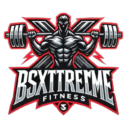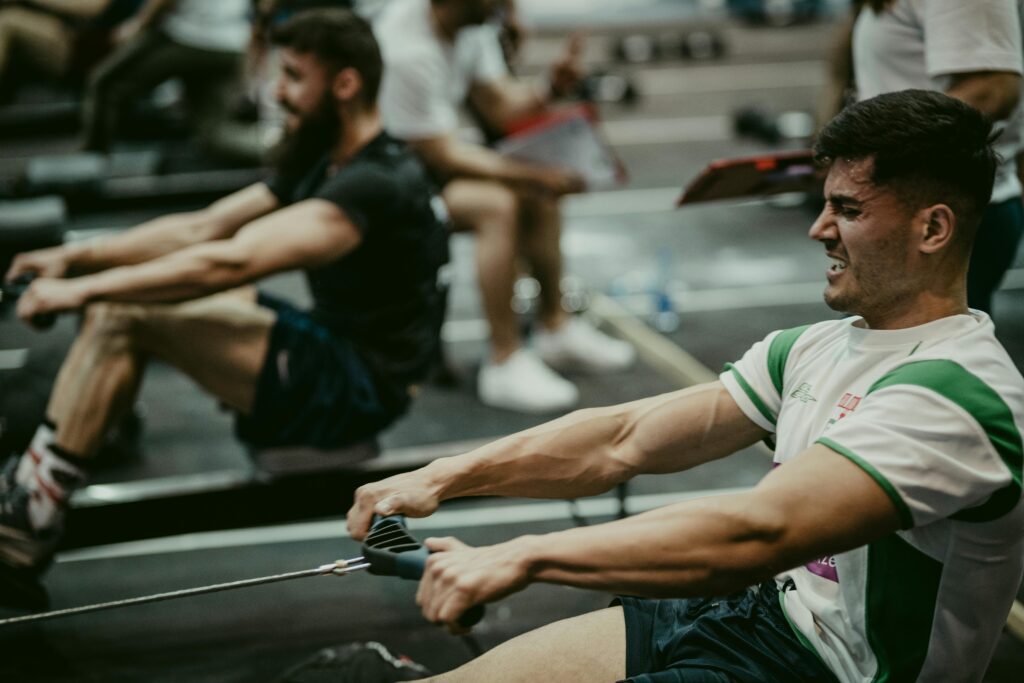Are you planning to lose fat while maintaining muscle? This is a challenging but achievable goal at the Weight Loss gym training center in Anantapur. Whether you’re an athlete, bodybuilder, or just someone looking to get lean, the key is to create a caloric deficit without sacrificing muscle mass. This guide will cover everything you need to know about burning fat Without Losing Muscle effectively while preserving lean muscle tissue.
Understanding the Fat Loss and Muscle Preservation Process
To lose fat without losing muscle, you must follow a strategy that prioritizes:
Maintaining a calorie deficit (burning more calories than you consume)
Eating enough protein to support muscle repair
Incorporating strength training to preserve muscle mass
Managing recovery and sleep to optimize fat loss and muscle retention
When you lose weight too quickly, your body may break down muscle for energy. The goal is to strike a balance where fat loss is maximized while keeping muscle loss to a minimum.


Optimize Your Diet for Fat Loss and Muscle Preservation
1. Maintain a Slight Caloric Deficit
A small calorie deficit of 300–500 calories per day is ideal for fat loss without muscle breakdown. A drastic calorie cut can lead to muscle loss, so it’s best to take a gradual approach.
2. Consume Enough Protein
Protein is the most critical macronutrient for preserving muscle while losing fat. Aim for 1.6–2.2 grams of protein per kilogram of body weight daily. Some excellent protein sources include:
Lean meats (chicken breast, turkey, lean beef)
Fish (salmon, tuna, cod)
Eggs and egg whites
Dairy products (Greek yogurt, cottage cheese)
Plant-based sources (lentils, quinoa, tofu)
3. Balance Your Macronutrients
Your diet should be structured as follows:
Protein: 30–40% of total calories
Carbohydrates: 30–40% of total calories (prefer complex carbs like whole grains, fruits, and vegetables)
Fats: 20–30% of total calories (focus on healthy fats like avocados, nuts, seeds, and olive oil)
Carbohydrates fuel your workouts, while fats help with hormone production, including testosterone, which is crucial for muscle maintenance.
4. Stay Hydrated
Dehydration can lead to poor muscle function and increased fatigue. Aim for 3–4 liters of water per day to optimize performance and recovery.
Strength Training to Maintain Muscle Without Losing Muscle
1. Prioritize Resistance Training
Lifting weights signals your body to retain muscle while losing fat. Focus on compound movements like:
Squats
Deadlifts
Bench press
Pull-ups
Rows
These exercises engage multiple muscle groups and stimulate muscle growth.
2. Use Progressive Overload
To maintain muscle, gradually increase weight, reps, or intensity in your workouts. Even during fat loss, aim to challenge your muscles to prevent them from shrinking.
3. Train at Least 3–5 Times a Week
Strength training at least 3 times per week ensures you preserve muscle mass. If possible, train 4–5 days a week with a mix of upper-body and lower-body sessions.
The Right Type of Cardio
1. Incorporate HIIT (High-Intensity Interval Training)
HIIT burns fat efficiently while minimizing muscle loss. A typical HIIT session includes:
30 seconds sprint followed by 30–60 seconds rest (repeat for 15–20 minutes)
Cycling, jump rope, or bodyweight circuits
HIIT is superior to steady-state cardio (long-duration jogging) because it helps maintain muscle mass while increasing fat burning.
2. Use Low-Intensity Cardio Strategically
Low-intensity cardio (walking, light jogging) can be useful on rest days to enhance recovery and burn extra calories without stressing your muscles.
Recovery and Sleep
1. Prioritize Sleep
Lack of sleep increases cortisol (a stress hormone) that leads to muscle loss and fat retention. Aim for 7–9 hours of quality sleep per night.
2. Manage Stress Levels
Chronic stress can lead to higher cortisol levels, making fat loss harder. Techniques to manage stress include Without Losing Muscle :
Meditation
Deep breathing exercises
Yoga
Walking in nature
3. Take Rest Days Seriously
Your muscles need time to recover. Take at least 1–2 rest days per week, and avoid overtraining, which can lead to muscle breakdown.
Tracking Progress and Adjustments
1. Monitor Your Body Composition
Instead of just tracking weight, measure:
Body fat percentage
Muscle mass
Waist and arm circumference
Use progress photos and strength levels to assess real progress.
2. Adjust Calories Based on Progress
If weight loss stalls, reduce calories slightly (by 100–200 calories), or increase activity levels. If you feel weak, you may need more food.
3. Listen to Your Body
Fatigue, irritability, or excessive soreness may indicate too much calorie restriction or overtraining. Adjust as needed.
Conclusion
The best workout for bodybuilding burning fat without losing muscle requires a strategic approach combining proper nutrition, strength training, smart cardio, and adequate recovery. By following the right caloric deficit, eating enough protein, lifting weights, and managing stress and sleep, you can achieve a lean and muscular physique.

